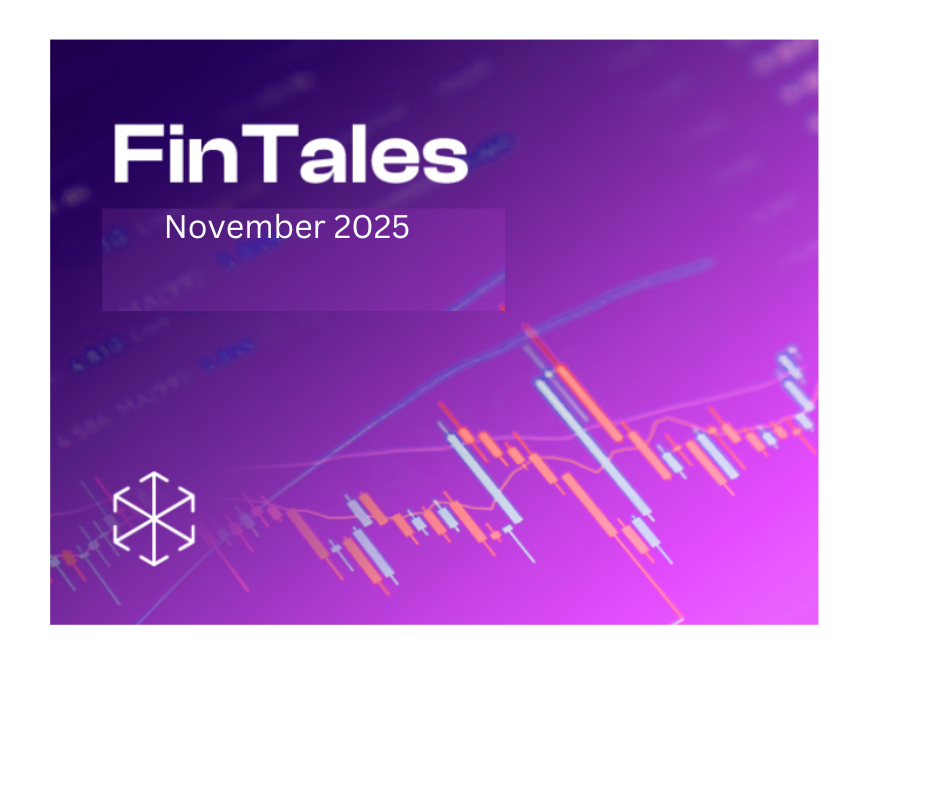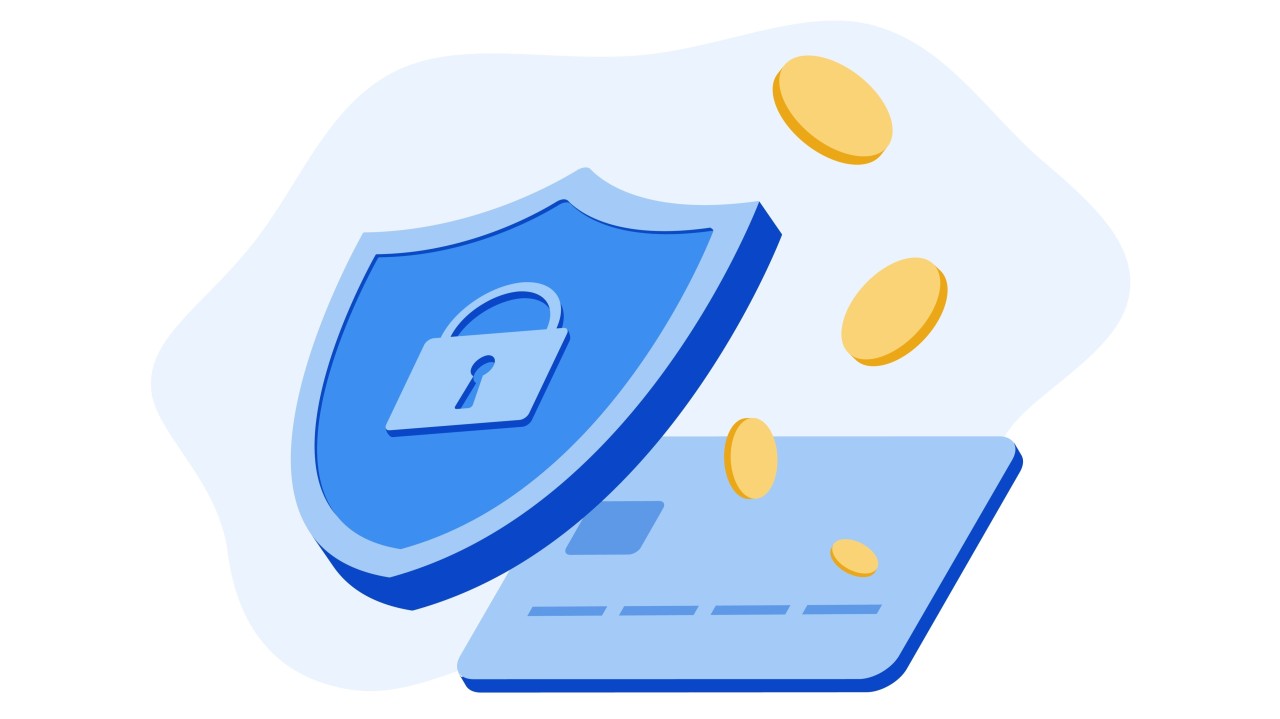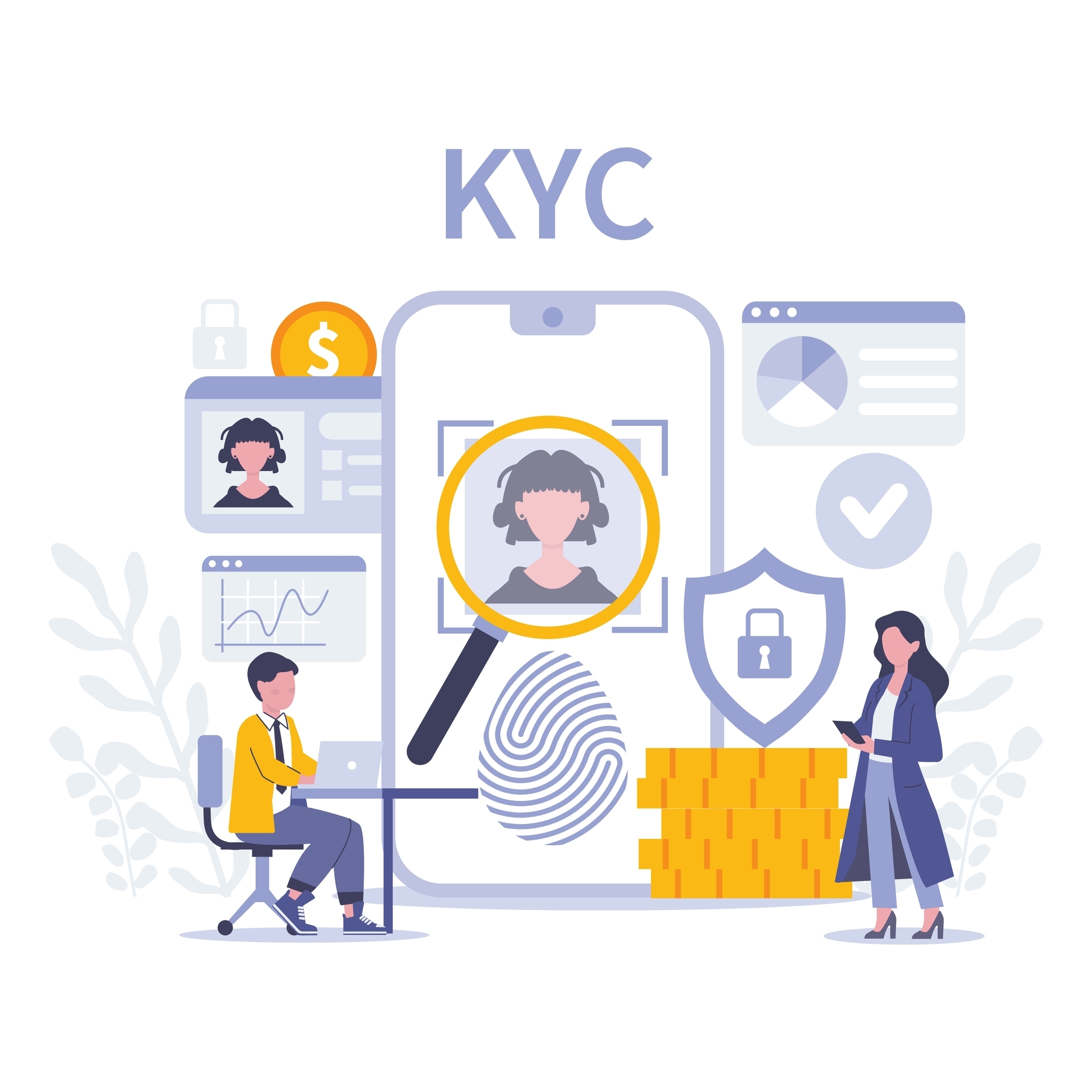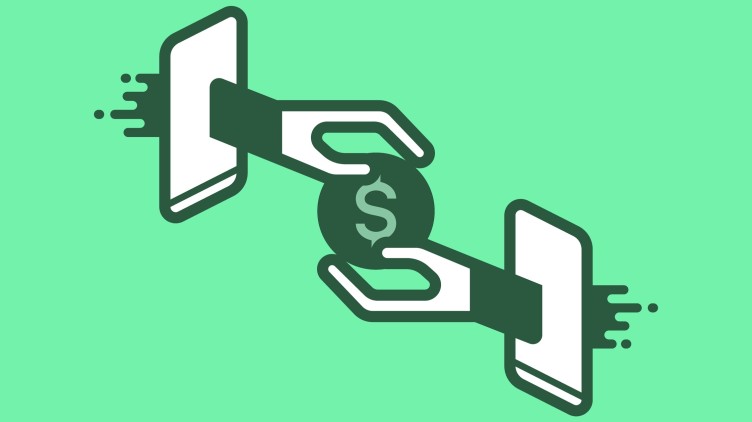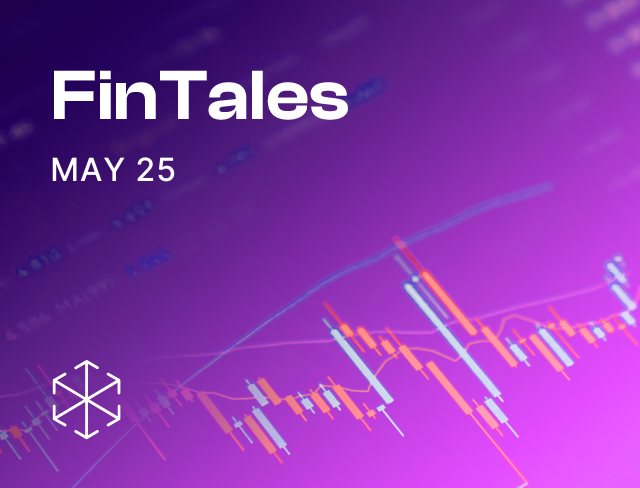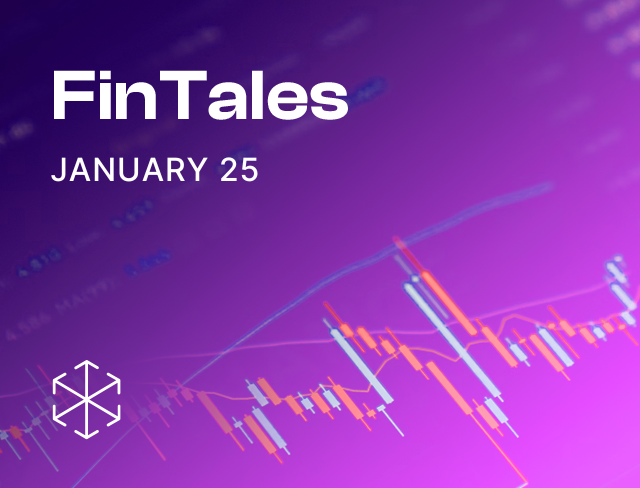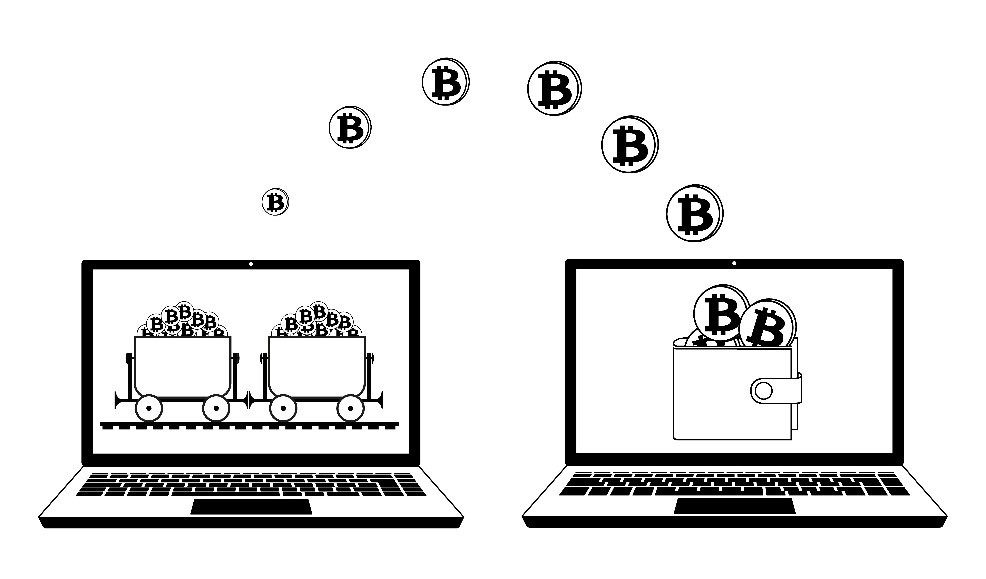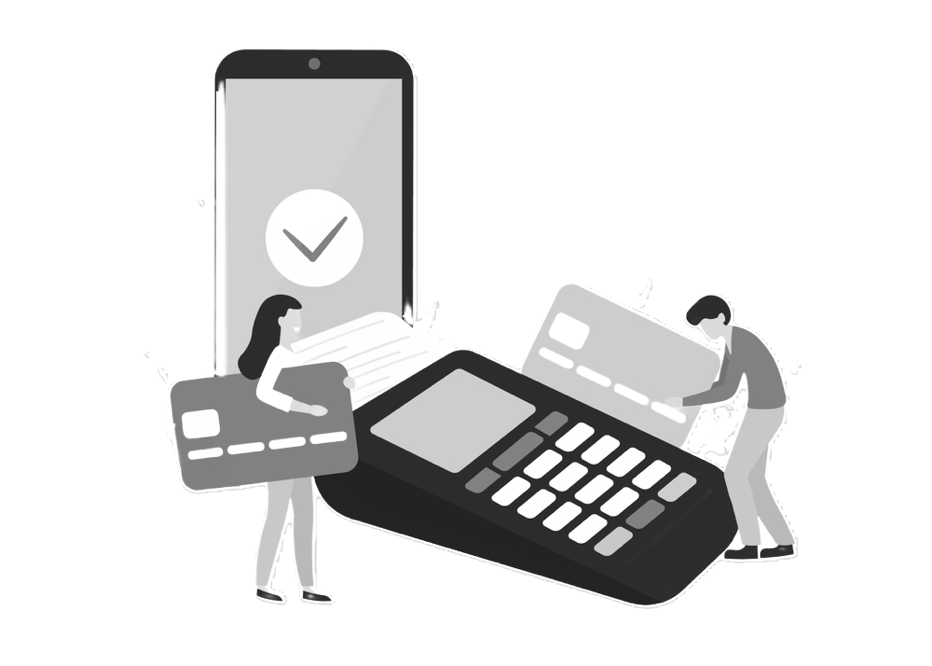The United States wants to ‘get it right than to be first’. That’s what Jerome Powell, US Federal Reserve’s chairman said about the digital Dollar two years ago. The United States still doesn’t have a central bank-backed digital currency (CBDC). Meanwhile in India, RBI just piloted the digital Rupee (e₹) for retail users (like you and me). And the finance minister has promised a full-scale launch by the end of this financial year (22-23).
If you’re an e₹ novice, you can read this excellent explainer, or see an e₹ demo here. But if you don’t want to take the detour, here’s what you need to know: the e₹ is the digital avatar of India’s fiat currency – the Rupee. You can access it through mobile phones and pay using QR codes.
Now, India’s digital payment technology is already extraordinary. So much so that, checkout pages today offer a buffet of sophisticated digital payment options – UPI, e-wallets, a bevy of co-branded cards (debit and credit) and lots more. So, does India really need one more way to pay? Do we even need an e₹?
Before we answer that, let’s listen to a conversation between Dasher (one of Santa’s reindeer) and the ever-cantankerous Ebenezer Scrooge (you know, from the Christmas Carol).
[It’s Christmas eve, the whole town is bright with festivities, but there’s one dark and dreary home. It’s here that Dasher knocks at the door with his hooves. Scrooge appears and grimaces at the sight of a beaming Dasher.]
Dasher – Merry Christmas, Mr. Scrooge, I come bearing presents. Here’s an e₹ just for you.
Scrooge – What’s that? Some sort of cryptocurrency?
Dasher – Come now, there’s no need for profanity. It’s a new way to pay online.
Scrooge – Ah, I don’t want the hassle, I like good-old UPI.
[Slightly dejected, Dasher keeps his toothy grin and carries on.]
Dasher – That’s great. Because it works like UPI. You scan QR codes and pay. Except… UPI is a way to pay, but e₹ is currency itself. With e₹, you can pay without a bank or pesky intermediary in between.
Scrooge – So? Get off my lawn, Dasher, before I turn the sprinklers on.
Dasher – Mr. Scrooge, just a moment – the money in your bank account isn’t all that safe. If there’s a run on the bank, you’ll lose your money. UPI can’t help you if the bank itself fails. The e₹ is like cash in your safe. Once you have it, it’s yours, you aren’t entrusting it with a bank anymore. The RBI will pay it on demand. Now, do you still want to keep your money in a bank, just to pay through UPI?
Scrooge – Okay boy, enough of you. Get on your sleigh and begone.
Dasher – Mr. Scrooge, wait. You can pay with e₹ almost anonymously. Unlike UPI, it won’t show up in your bank passbook.
[Scrooge, now interested, feigns disinterest.]
Dasher – And the e₹ is free. Just like UPI.
Scrooge – Well… I do like free things.
[Dasher draws closer, wide-eyed and earnest]
Dasher – Although, Mr. Scrooge, I must disclose the fine print – unlike your bank savings, you won’t earn interest on your e₹ holdings. I believe they didn’t want to shake up bank deposits too much.
Scrooge –That’s it, I’m turning on the sprinklers– off my lawn, Dasher. Bah! Humbug.
Don’t let Scrooge mislead you. The e₹ has some advantages over UPI and cash. But the problem is they all benefit the RBI, not us. For example, e₹ payments are instant and final – just like handing over cash. While UPI payments are also instantaneous for the user, there is a complex web of settlements between banks at the back-end. So, in some ways, the e₹ is more efficient than UPI. It also has an edge over cash – it reduces cash printing and distribution costs. But for an average person, it’s pretty much the same. Or in some cases, worse. It doesn’t offer you interest on your funds (like banks), or complete anonymity (like cash). It promises to deliver more in the future – it could be programmed for specific use-cases (like subsidies). But, in its current avatar, it’s unclear how it will benefit e₹ users.
This is why CBDCs like the e₹ have many sceptics. Take for example, e-Naira, Nigeria’s CBDC. e-Naira was the country’s attempt to capitalise on the crypto boom. But, as it turns out, it failed. Less than 1% Nigerians adopted it after a year of its launch. The Nigerian government is now doing what it can to promote (or force) adoption of e-Naira. It’s subsidising rickshaw rides – if paid for using the e-Naira. It’s even limiting cash withdrawals. The benefits of CBDC – like being legal tender or offering no or low cost payments – aren’t enough for them to succeed. They need something more. Something which helped UPI succeed – cashbacks. China, for instance, resorted to cashbacks with its e-Yuan. But who would fund these cashbacks in India? Many private players have already burnt billions in cashbacks to promote their UPI apps. The government, then? This would be like a subsidy to better deliver subsidies (through the e₹).
Clearly, getting India to adopt the e₹ is tricky. This brings us back to the original question – does India need the e₹? Andy Mukherjee answers this in his Washington Post article. He says that if a high-quality, interoperable payment solution is available at a reasonable price to everyone (this is the definition of UPI), then maybe it’s not worth jumping on the CBDC bandwagon. Poland and Denmark have dropped out of the CBDC race for this reason – they don’t see what incremental value a digital currency offers over existing sophisticated digital payment solutions. So, should India, like the United States wait to get the digital ₹ right?
(This post has been authored by the fintech team at Ikigai Law. It was originally published in the December 2022 edition of our monthly fintech newsletter, FinTales.)

